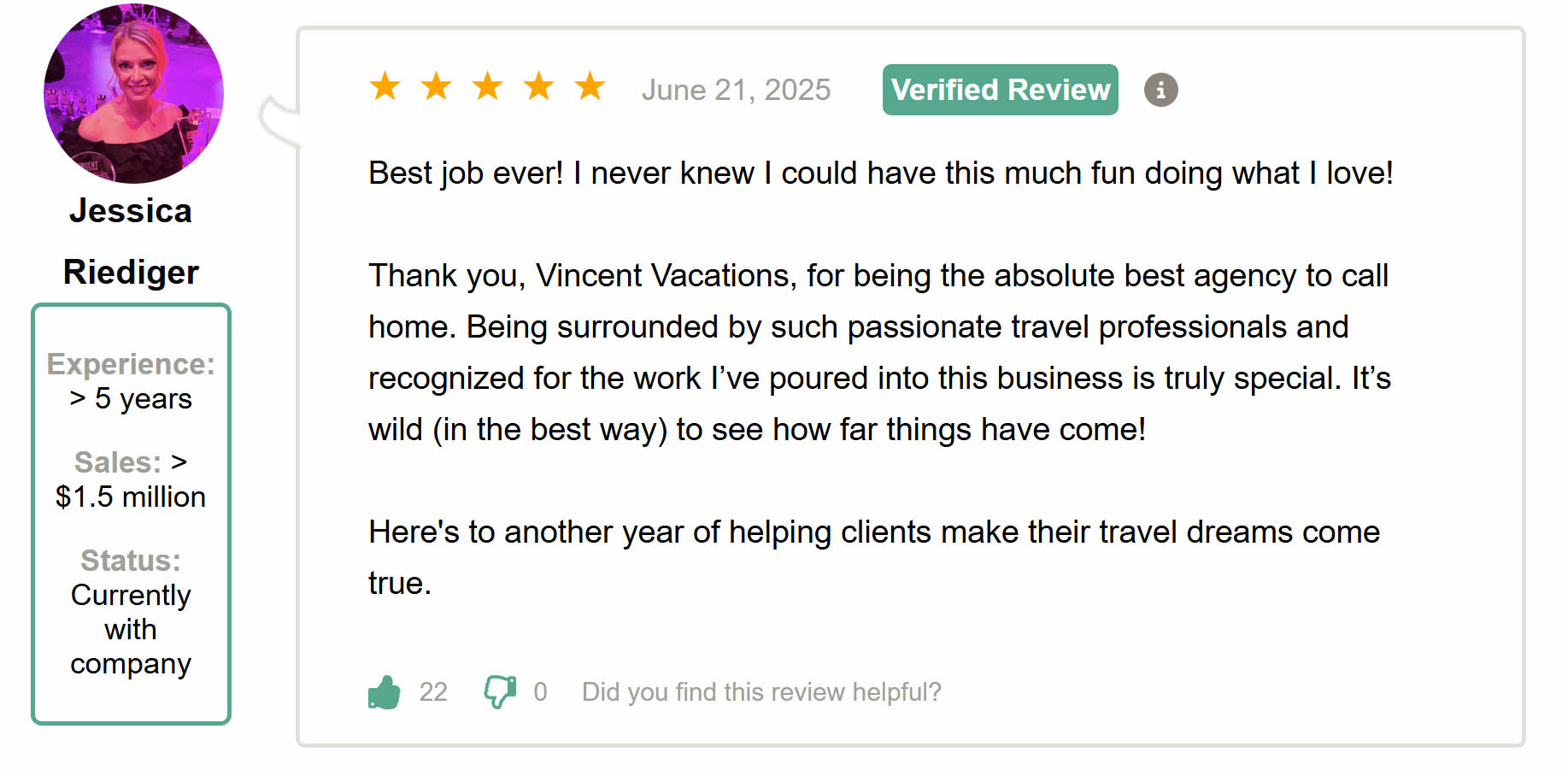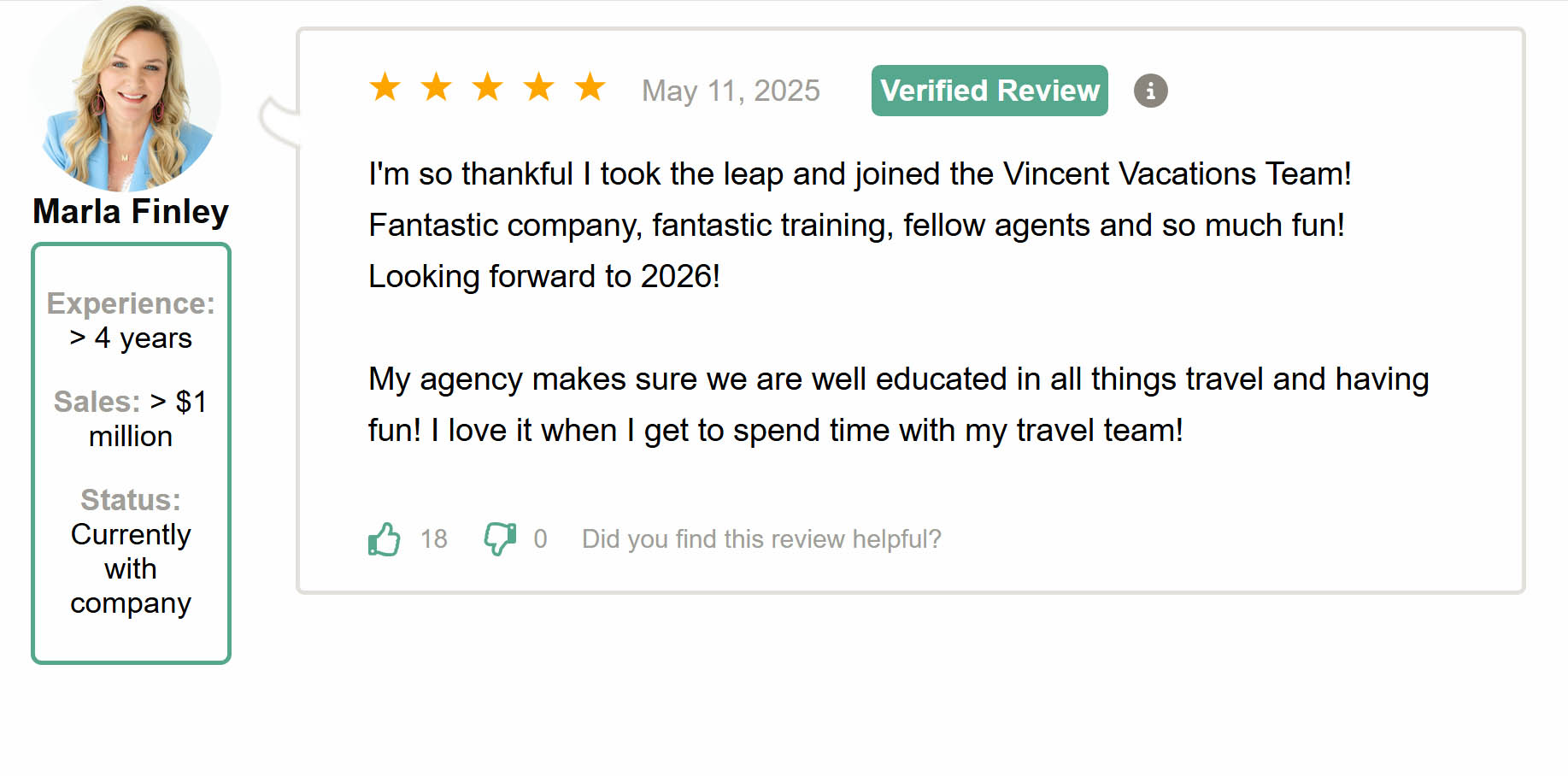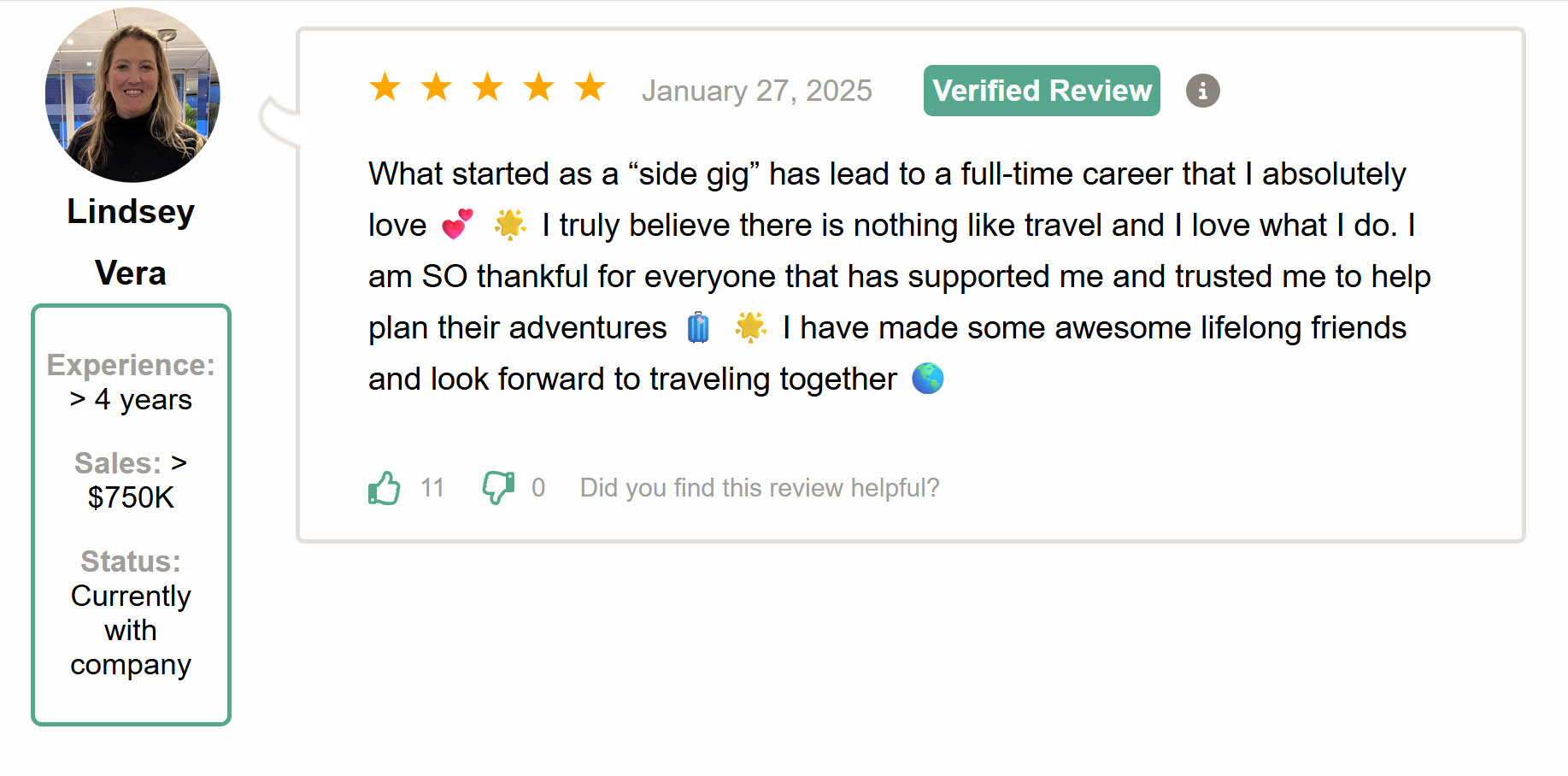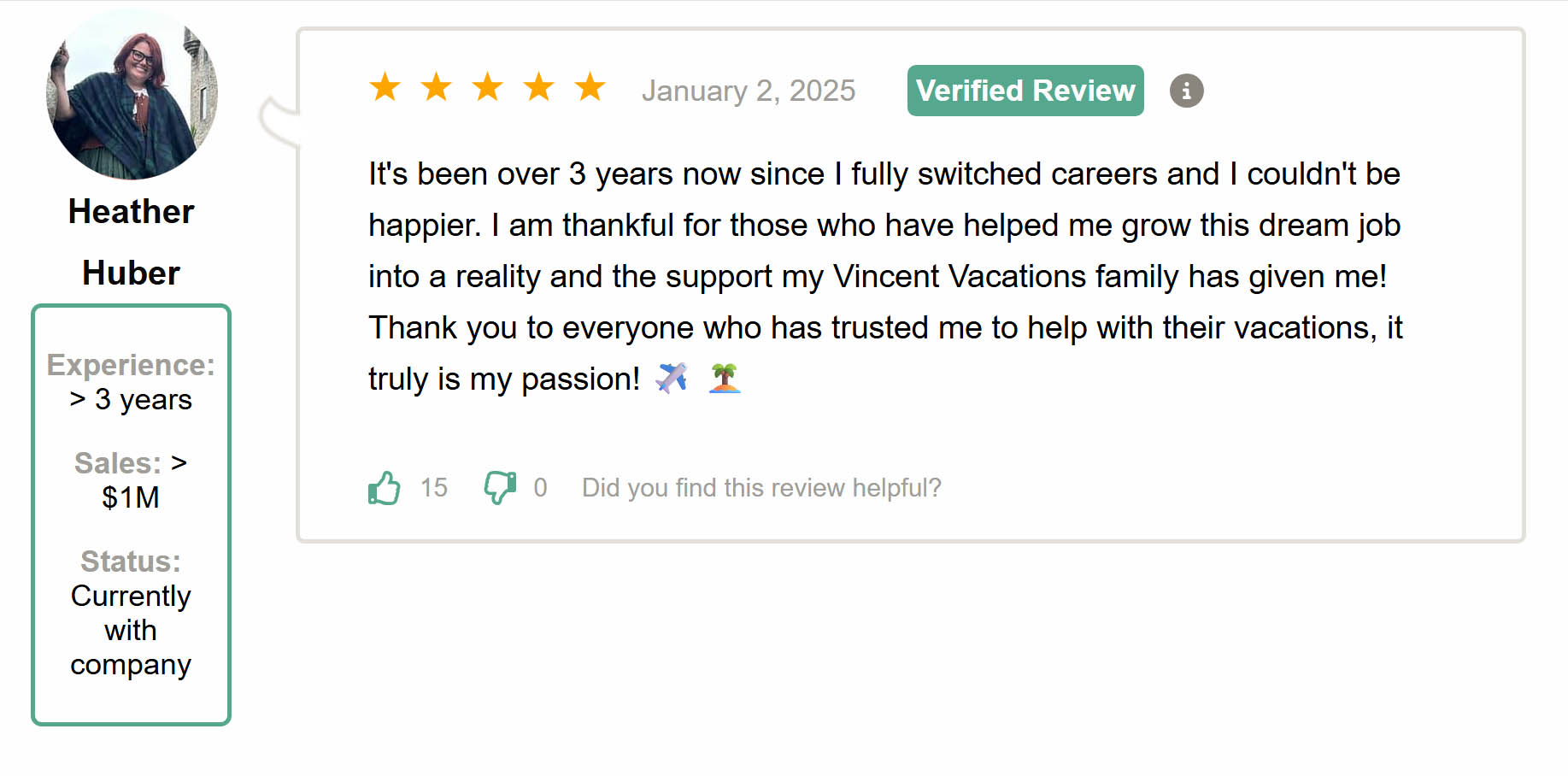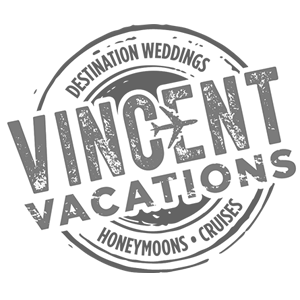Stop Guessing! The Shockingly Simple Way to Find Your Perfect Travel Clients
To learn more techniques and how to become a travel agent, sign-up to become a travel agent today!
As a travel agent, you know not every traveler is a perfect fit. If you try to talk to everyone, your message might hit no one.
Instead, defining a clear ideal client persona helps you focus on the folks you serve best. An ideal client persona (a.k.a. customer avatar) is a detailed, semi-fictional profile of your perfect customer. It includes basics like demographics (age, location, income) plus psychographics (values, interests, lifestyle) — all the details that let you tailor your marketing to the right people.

What Is an Ideal Client Persona and Why It Matters
In plain terms, an ideal client persona is like a template profile of the traveler you want most. It combines demographic info (like age, gender, budget) with psychographic traits (like travel goals, values, pain points). Think of it as answering: Who will benefit most from my expertise? For example, you might have a persona like “Family-Fun Fran,” a 40-year-old mom who loves educational beach vacations and values stress-free planning. Another could be “Solo-Seeker Sam,” a single 30-something who loves adventure travel and local culture.
Why it matters: Detailed personas make your marketing far more effective. As one industry guide explains, creating detailed customer profiles lets you “gain a far better understanding of who your customers are, what they’re interested in, and what motivates them”. This clarity means you can tailor your messaging, channels, and offers directly to those needs instead of guessing. It’s a game-changer. Remember: “every client you take who is not the right fit is taking time that could be better spent serving clients who you enjoy working with”. When you address your ideal client, they “feel like you know and understand them”.

Understanding Your Audience: Demographics vs. Psychographics
Demographic Profiling
Demographics are basic facts about people: age, gender, income, occupation, family status, location, etc. These factors give you the broad strokes of who your clients are. For instance, do you sell luxury cruises to empty-nesters or affordable tours for college students? Demographics help you choose marketing channels (e.g. Instagram ads vs. TV spots) and products. For example, if your ideal client is retired and wants 2–3 week luxury vacations, you wouldn’t market Disney cruises or Carnival cruises to them.
However, demographics alone aren’t enough. They sketch the outline of a group, but not the story. Two people of the same age and income could have totally different reasons for travel. That’s where psychographics come in.
Psychographic Profiling
Psychographics dive into the "why" behind travel decisions. They include interests, values, attitudes, lifestyle, and pain points. For example, one persona might value adventure and nature; another might value relaxation and luxury. HubSpot explains it this way: demographics explain who your buyer is, while psychographics explain why they buy. In travel terms, psychographic factors could include a love of cultural experiences, a desire for family bonding time, or a need for relaxation. These traits influence buying decisions — as one guide notes, values and pain points can “trigger a customer to make a purchase”.
Consider this: “Adventure Alex” is a 30-year-old who values thrill and outdoor experiences. He might ignore a brochure about beach resorts, but he’ll click an ad about mountain treks. Meanwhile, “Culture Clara” is a 55-year-old who cherishes art and history; she’s drawn to museum tours and cooking classes. By capturing these nuances, you’ll know exactly what messaging will resonate with each persona’s motivations and challenges.

Research Methods for Travel Personas
Building strong personas means doing research, not guessing. Here are key methods to gather insights:
Social Media Insights
Social platforms are treasure troves of audience data. Use the analytics tools on Facebook, Instagram, or LinkedIn to see who’s engaging with your content. These tools can reveal age ranges, locations, active times, and even interests of your followers. You can also listen for trends: monitor relevant hashtags or travel forums to see what questions and dreams people share (e.g. #SoloTravel or #FamilyVacation). For example, a travel advisor might find that #safari draws younger crowds, suggesting an Adventure-seeker persona. The agent can then target those followers with relevant posts (like hiking or wildlife tours). According to one guide, social analytics can even show you "where your audience is based, what age groups they fall under, what times they are most active online". Use those insights to schedule your content when your persona is most likely to engage.
Analyzing Past Clients
Your existing clients are a goldmine of clues. Look at your booking records and CRM. Identify common characteristics of your best clients: Where do they live? What types of trips do they book? What budgets do they have? For example, you might discover many of your top clients are retirees who book cruises or young families who love all-inclusive resorts. A travel marketing guide suggests analyzing past client interactions to “identify common characteristics and preferences” among them. These patterns might reveal, say, a love of Mediterranean tours or ski holidays. Then you can formalize personas like "Cruise-Loving Carol" or "Budget-Family Greg" and speak to them directly in your campaigns.
Surveys
Send out quick surveys to clients or followers. Ask about dream destinations, travel frequency, budget, and what they love or hate about planning trips. Even a 5–10 question online form can yield big insights. Offer a small incentive (like a discount or free travel guide) to encourage responses. Include both multiple-choice and open-ended questions (“What frustrates you most when booking travel?”). As one marketing guide notes, surveys help you “better understand the customer’s interests, desires, and behaviors”. This first-hand data paints a vivid picture of your ideal travelers.
Interviews (or Informal Chats)
Pick 5–10 past clients you loved working with and chat with them. Ask candid questions: Why did you choose this trip? What were you hoping to get out of it? What’s most important in a travel agent? These conversations uncover the emotional needs behind bookings. For example, a client might travel to celebrate milestones or to escape a stressful job. Document their stories. As one source advises, customer interviews help you “understand their interests, pain points, and questions they have about your business”. These conversations often reveal the personal "why" behind a trip choice.
Become a Travel Agent: Unleash Your Full Potential
Ready for a career that's as fulfilling as it is rewarding? Becoming a travel agent with Vincent Vacations means building a business around your passion for travel.

Applying Your Persona Research
Once your personas are in hand, use them everywhere in your business:
Marketing
Craft your marketing to sound like it was written for that one person. If “Adventure Alex” loves the outdoors, mention hiking trails and include vivid nature photos in your ads. If “Family-Fun Fran” values stress-free planning, highlight all-inclusive family packages and playgrounds. Write your social posts and emails as if speaking to the persona directly. As one travel coach advises, “tailor it to speak directly to your ideal customer… like you would a good friend”. This friendly, specific tone makes prospects feel understood and valued.
- Generic message: “Explore the world with our great travel deals!”
- For Adventure Alex: “Ready to swap city streets for mountain peaks? Our adrenaline-filled adventure tours are calling your name!”
- For Luxury-Leisure Linda (a persona): “Indulge in five-star comfort on our exclusive island retreats, curated just for you.”
These persona-specific messages pack more punch because they speak directly to that traveler’s interests. Studies show that marketing tailored to customer profiles gets higher engagement and ROI than generic ads.
Sales and Service
Use personas to guide your conversations and offers. During a sales call, align your suggestions to what you know the persona cares about. For example, if the persona values exclusive access, highlight your private tours; if they prioritize culture, emphasize museum passes. Even your follow-up emails and thank-you notes can reflect persona insights. One travel advisor explains that knowing her clients deeply helped her devise new experiences she never would have otherwise thought of. Each insight answers the question, "What can I do to make this client’s experience feel tailor-made?"

Key Takeaways
- Not everyone is your ideal client. Define the travelers you serve best and focus on them.
- Combine demographics and psychographics. Demographics (age, location, income) sketch the profile; psychographics (values, interests, pain points) bring it to life.
- Use multiple research methods. Study social media data, analyze past clients, and survey or interview people to find real patterns.
- Apply personas everywhere. Tailor your marketing copy, sales talk, and itineraries to each persona. A message aimed at “Adventure Alex” will beat a one-size-fits-all pitch.
- Keep refining. Your personas should evolve as you learn more. In fact, experts advise you to "continuously update and refine your psychographic profiles as consumer behaviors and preferences evolve".
Remember, building ideal client personas is an ongoing journey. Each insight you gain makes your marketing clearer and your service stronger. As markets and client needs change, revisit your personas and tweak them. Over time, you’ll see that speaking directly to your dream clients leads to better bookings and more loyal travelers. Good luck — happy researching and bon voyage!
Learn more about this by signing up for one of our online trainings Learn More
To learn more techniques and how to become a travel agent, sign-up to become a travel agent today!


